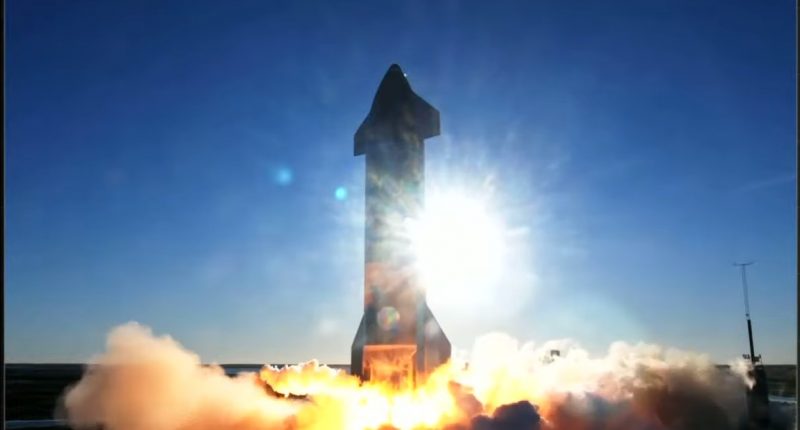SpaceX CEO Elon Musk has now provided updates regarding his long-anticipated Mars mission. According to reports, the billionaire plans to launch approximately five uncrewed Starship missions to Mars over the next two years, marking an important step toward the broader goal of establishing a human colony on the Red Planet. These missions, if successful, would lay the groundwork for crewed missions, which could potentially launch as soon as four years from now.
“SpaceX plans to launch about five uncrewed Starships to Mars in two years. If those all land safely, then crewed missions are possible in four years. If we encounter challenges, then the crewed missions will be postponed another two years,” Musk said in a post on X. “It is only possible to travel from Earth to Mars every two years, when the planets are aligned. This increases the difficulty of the task, but also serves to immunize Mars from many catastrophic events on Earth.”
Musk’s vision for Mars has been a driving force behind SpaceX’s advancements in space exploration. His ultimate goal is to create a sustainable human presence on Mars, which he sees as critical to ensuring humanity’s long-term survival. The Mars mission, therefore, represents one of the most ambitious and high-profile space endeavors in modern history.
Subscribe to TP Daily for updates on the latest and greatest in Tech
This is where SpaceX’s Starship comes in, and is set to play a central role in this mission. Designed to be a fully reusable, next-generation spacecraft, Starship aims to carry both humans and cargo to deep-space destinations, including the Moon and Mars, and can transport large payloads and crew, which will be crucial for establishing a permanent human presence on Mars. So far, Starship has undergone several test flights, including a major achievement in June 2024 when a prototype successfully completed a hypersonic re-entry and landing demonstration.
This progress marks a significant step forward, but much remains to be done. Musk has frequently revised the timeline for when crewed missions could occur, with the most recent projections aiming for a potential human landing on Mars within seven years. If these missions prove successful, Musk’s vision of a human colony on Mars could move from science fiction to reality within the next decade.
Subscribe to TP Daily for updates on the latest and greatest in Tech
Musk’s announcement that SpaceX intends to launch five uncrewed Starships to Mars within the next two years signals the beginning of the Mars mission’s most intensive phase. These missions are designed to gather data, test landing techniques, and assess the spacecraft’s ability to deliver payloads on the planet’s surface. If all five uncrewed missions land successfully, SpaceX will have cleared a significant hurdle, making crewed missions a feasible reality by 2028. However, the road ahead is not without risks, and SpaceX has already experienced setbacks in the development of Starship, and further delays could impact the timeline for crewed missions. Musk has acknowledged this uncertainty, stating that should the uncrewed missions encounter technical difficulties, the crewed flights would be delayed by an additional two years.
In addition to the technical aspects, Musk also expressed concerns about the increasing government bureaucracy in the US. A vocal critic of government intervention in the past, the billionaire pointed to high-profile infrastructure projects, such as California’s delayed high-speed rail system, as examples of how bureaucracy can hinder progress. He suggested that under a Democratic Party administration, led by Vice President Kamala Harris, such bureaucratic impediments are likely to grow, posing a significant threat to the Mars mission.
The Tech Portal is published by Blue Box Media Private Limited. Our investors have no influence over our reporting. Read our full Ownership and Funding Disclosure →






